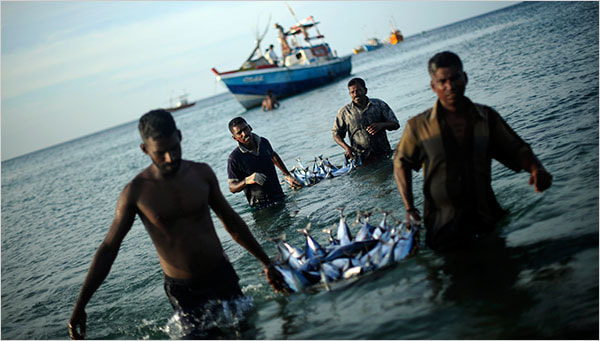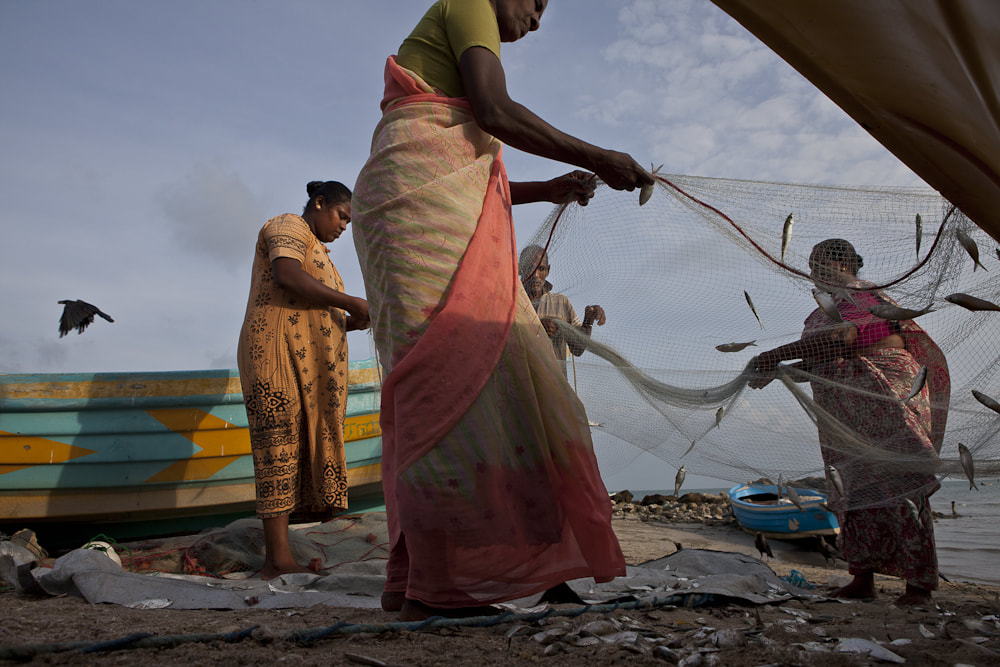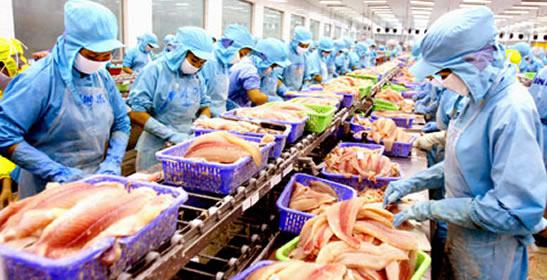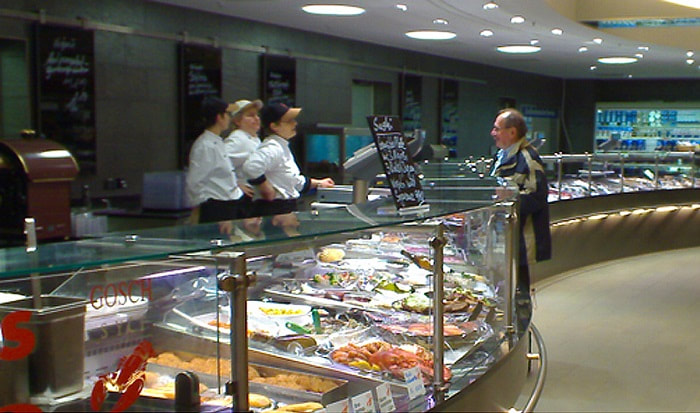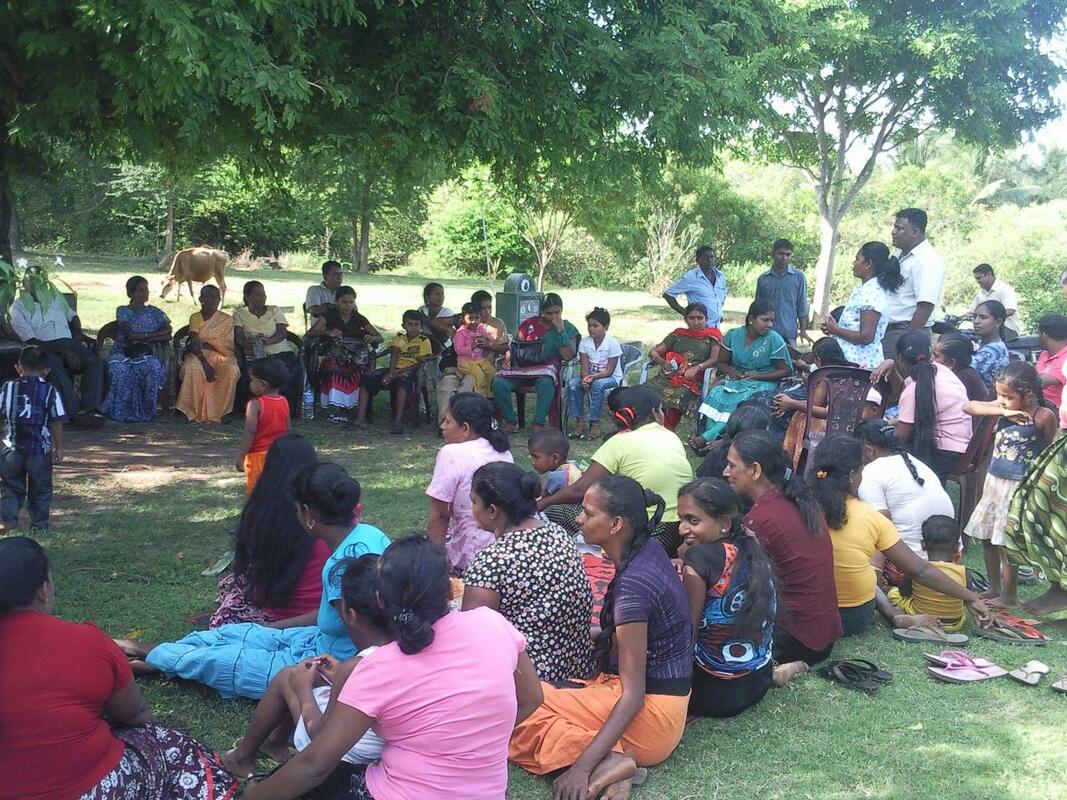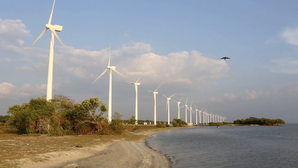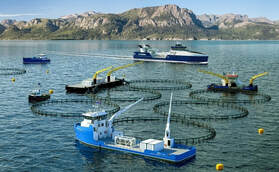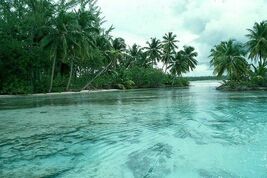What we want to achieve
|
1. Promote environmentally-adapted technology in supply chains.
Raising communities out of poverty requires the adoption of fisheries and aquaculture technology that is adapted to the local social and ecological conditions, is user-friendly, appealing to the young generations, and energy efficient. Simultaneously, the resource exploitation must comply with societal goals and management regulations, and the products must meet or exceed the market requirements of the increasingly consumer-driven supply chains. 2. Boost national economy, well-being and employment in value-chains The need for more food and the raising standards of living, call for versatile production and new ways to increase the added value of blue bio-economy in the entire value chain, as for instance in the recycling of offal of fishery production. This requires new business concepts and services, developed regulation of natural resources utilization, and international competitivity. 3. Restore and upgrade the environmental services of aquatic systems. The present population growth, agriculture and industrial development have negative externalities, particularly along the coasts. This calls for an improved monitoring of contaminants, nutrient leaching, endemic genetic resources, utilization of water upstream, industrial symbioses and adoption of new production technologies. Development of services based on recreational and nature values of water systems is important to adapt to climate change and to develop the eco-tourism industry, a win-win situation. 4. Integrated and inclusive blue governance Truly integrated policies of ecosystem utilization are needed to promote multi-ethnic inclusion, low gender bias and grass-root participation in the decision processes. Improved aquatic governance requires economic and legislative incentives, supportive public and private financial and investment flows, as well as successful implementation of ecosystem-based spatial planning. 5. Modernization of education in the 21st century Compliant with the multi-educational aims and forms of BLUE, including a new multi-campus Master program, new participatory pedagogical objectives, employment-oriented course designs, decentralized teaching and course participation, digital platforms for educational management, and research-oriented education must be jointly designed. |
